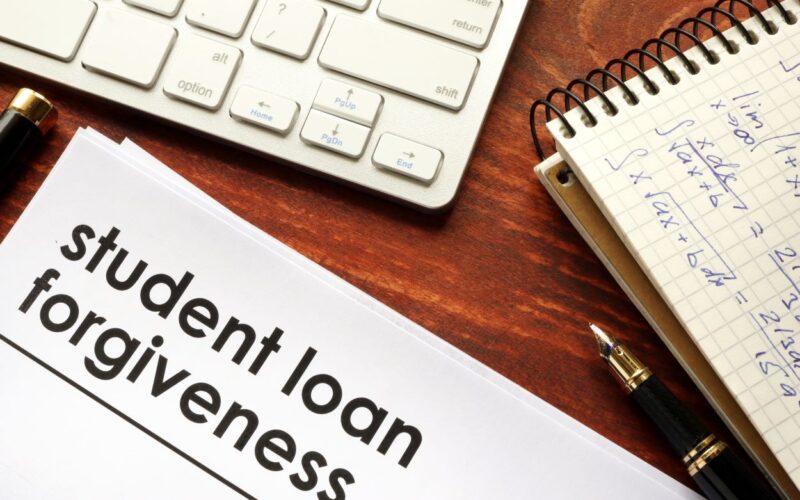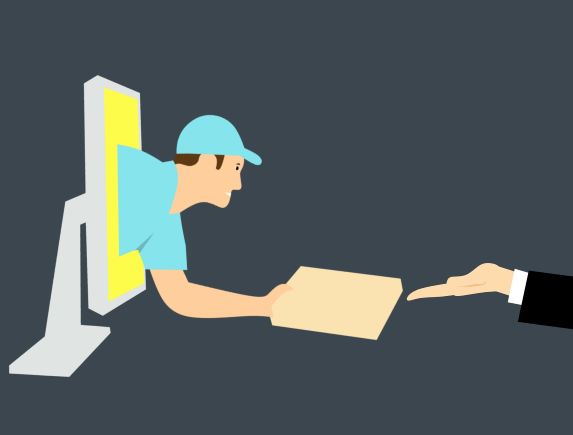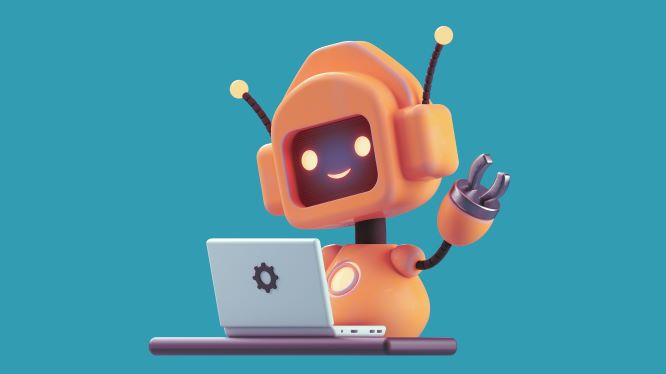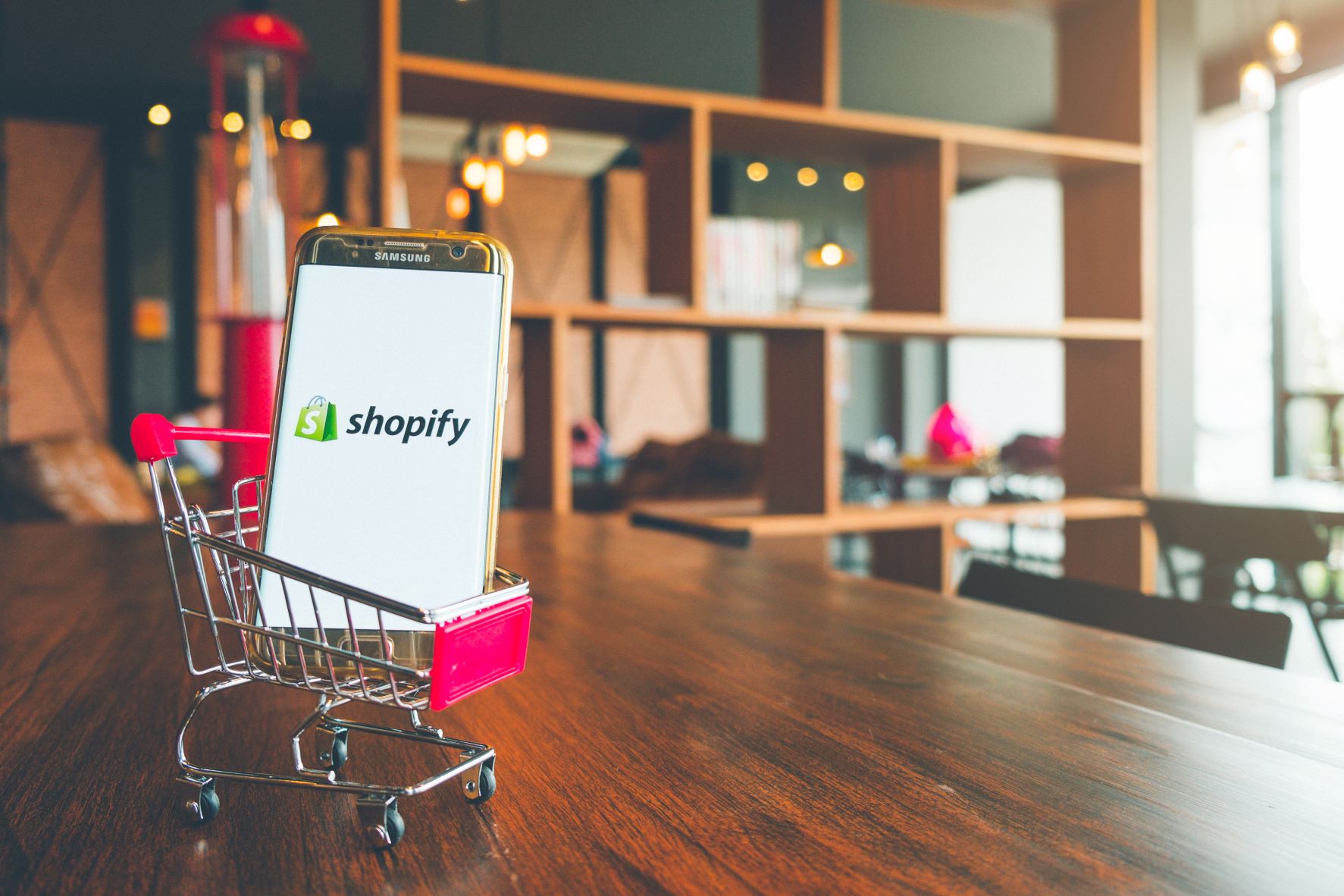What is Student Loan Forgiveness? (Introduction)
Student loan forgiveness programs have been around since the 1980s. In the past, they were only offered to people who attended public colleges and universities. However, today, private schools are offering these programs as well. If you attend a public school, then you may qualify for federal student loan forgiveness. Private schools do not offer federal student loan forgiveness, but some states offer their own state-specific student debt cancellation programs.
The first federal student loan forgiveness program was established under President Clinton in 1998. At the time, it was known as William D. Ford’s Direct Loan Forgiveness Program. There are two types of federal student loan forgiveness programs.
- One is called Public Service Loan Forgiveness (PSLF). Under this program, you need to work for 10 years after graduating from college in order to qualify.
- Another type of program is called Income Based Repayment (IBR). To qualify for IBR, you need to make 120 payments over a period of 10 years. After making those payments, you will no longer have to pay back your loans.
The U.S. Congress established a process that grants the ability to apply for loan forgiveness through certain “qualifying discharges”. Qualifying discharges are those that meet a certain breadth of criteria, like age, health, military service, or economic hardship. Unfortunately for some people, the criteria for forgiveness is not clear in the legislation, and as a result, if the student has not received a reply or decision from the government concerning the student’s application, it is unlikely she will be granted forgiveness. It is possible, however, that the student will eventually be granted student debt cancellation after being denied the first time.
How long will it take to receive forgiveness? (subheading benefits)
This timeline could vary depending on the reason you are requesting loan forgiveness. The typical time frame depends on the type of loan, state, and specific circumstances. If you are performing qualifying public service work, you will not qualify for loan forgiveness. If you qualify for forgiveness, you may receive that forgiveness as soon as you start your qualifying public service work. You can expect your qualifying work to be verified by the Direct Loan Servicer and the Department of Education.
If you fail to qualify for your anticipated forgiveness date, the Direct Loan Servicer can discontinue or withdraw your request for loan forgiveness. If your Direct Loan Servicer does not print your name on your Certificate of Eligibility, you still have the option to request a loan cancellation in the event that you did not receive the certificate before.
Will actually a student get loan forgiveness?
Every student seeking to apply for Loan forgiveness should follow the following way:
- First, try to receive official documentation from the university stating that a final decision on loan forgiveness has not been made.
- Then submit the official documentation to the government for consideration. If a final decision has already been made, the student should contact her college dean or the university’s financial aid office to find out why the student was denied and to appeal the decision.
- The student should follow the contact procedures accordingly.
- If the university does not comply, the student may consider contacting her former Loans Officer or her legal counsel.
- A student seeking loan forgiveness should consult a lawyer to explore their options and to obtain legal advice before making a loan cancellation request.
State Student Loan Forgiveness Program: (Action items)
There are many different state student debt cancellation programs. These vary depending on where you live. Most states require you to complete a certain number of hours of community service before you can receive any sort of financial assistance. Other states allow you to apply for student loan forgiveness once you graduate from college.
Steps To apply for student loan Forgiveness:
- Step 1 – Apply online: You’ll need to fill out the application form and submit some documents.
- Step 2 – Get prequalified: After submitting the application, you’ll receive a confirmation email. If you don’t get any emails, make sure to check your spam folder. Once you’ve submitted the application, you’ll be redirected to a page where you can enter your social security number, and then you’re prequalified.
- Step 3 – Submit additional documents: You’ll now have to provide additional documents to prove your income and assets. Make sure you save them before submitting the application.
- Step 4 – Receive approval: If you meet their requirements, they will send you a letter confirming your qualification.
- Step 5 – Loan Repayment: Once approved, you’ll have to start repaying your loans. Your monthly payments will depend on your income and the amount of debt you have.
How to Qualify for Student Loan Forgiveness?
In order to qualify for student loan forgiveness, you need to meet several requirements.
- First, you need to have received a degree from a qualifying institution.
- Second, you need to have graduated from that institution.
- Third, you need to have paid off your loans.
- Finally, you need to have worked for at least 10 years after graduation.
What Happens When Your Loans Are Forgiven?
Once you have met all of the above qualifications, you will receive a certificate stating that your loans have been forgiven. Once you get this certificate, you should contact your lender to let them know about the change. Then, you will no longer be responsible for paying back your loans.
Can a graduate student debt qualify for loan forgiveness?
Generally, there are two criteria that must be met in order for student loan forgiveness to be obtained:
- your loans must have been used solely to attend an eligible educational institution.
- your school’s commencement set must have been met, with your degrees awarded and your loans have been discharged.
There are some exceptions in which student loans are eligible for consolidation. Student loan forgiveness is not always feasible. Generally, the maximum amount of loans forgiven in any given year is capped at $57,500.
Conclusion: (Conclusion)
Loans forgiveness for student loans can get your loans made more manageable by lowering your payments. Important Facts About Student Loan Forgiveness is usually only available for individuals who attended an eligible educational institution.
Generally, the amount of a student’s educational costs that can be forgiven is calculated by adding the amount of the loan that is forgiven to the loan balance and then subtracting this amount from the student’s adjusted gross income minus the applicable repayment threshold * Forgivable only if: Repayment is for a $75,000 or less loan.
Frequently asked questions:
What percentage of students must complete 120 hours per year for loan forgiveness?
A student must have completed 120 hours per academic year to receive the benefit of income-based loan forgiveness. The total number of credit hours taken each semester matters, not just any single course or block of courses. To determine how many credit hours were earned, look at the grade point average (GPA) of each college and university attended. Students who attended only two colleges/universities did not earn enough hours to qualify for income-based forgiveness because they only earned an average GPA of 2.0 or less.
How do I know if my loan qualifies for income-based loan forgiveness?
When calculating your eligibility, make sure to consider all schools you have attended, and don’t forget about transfer credits. You will need to add up all of your college credits, including any community college transfers, and count them towards your degree requirements. If you haven’t graduated yet, you may still qualify for income-based loan cancellation based on your cumulative GPA.
Can I apply for income-based loan repayment even if I never borrowed money?
Yes! Even if you never had federal student loans, you could still apply for income-based repayment as long as you meet the minimum amount of credit hours. However, you will want to remember that it is unlikely that your school would award you the maximum amount of interest rate reduction because you enrolled after July 1, 2006. Therefore, even though you didn’t borrow any money, you probably won’t save much money.
Is there a cap on the amount of time I can pay back my loan under IBR?
No, there is no time limit on how long you should repay your loan under IBR. Your payments and payment period will be determined by your current income level.
How does IBR affect my future debt levels?
IBR doesn’t allow you to reduce your monthly payments, but it does prevent you from accruing additional interest and fees. As a result, you might be able to lower your monthly payments compared to standard repayment plans. But, if you choose to take advantage of IBR, you might find yourself paying off your loan sooner than expected.
Do I need to pay anything upfront to start making payments?
Not initially. However, you will need to set aside a certain portion of your monthly income to fund your plan while you are first applying and working toward your goals. After that, you will begin to make biweekly payments automatically through DirectLoan.com.
Will I lose all of my remaining loan balance if I switch from standard repayment to IBR?
You cannot lose your entire remaining balance, but if you exceed the income limits, then you will likely incur additional costs due to higher payments over the length of your plan. Also, if you move away from your home state before completing your program, you may be charged with late payment penalties.










